10 Wild Mushrooms Found in Winter
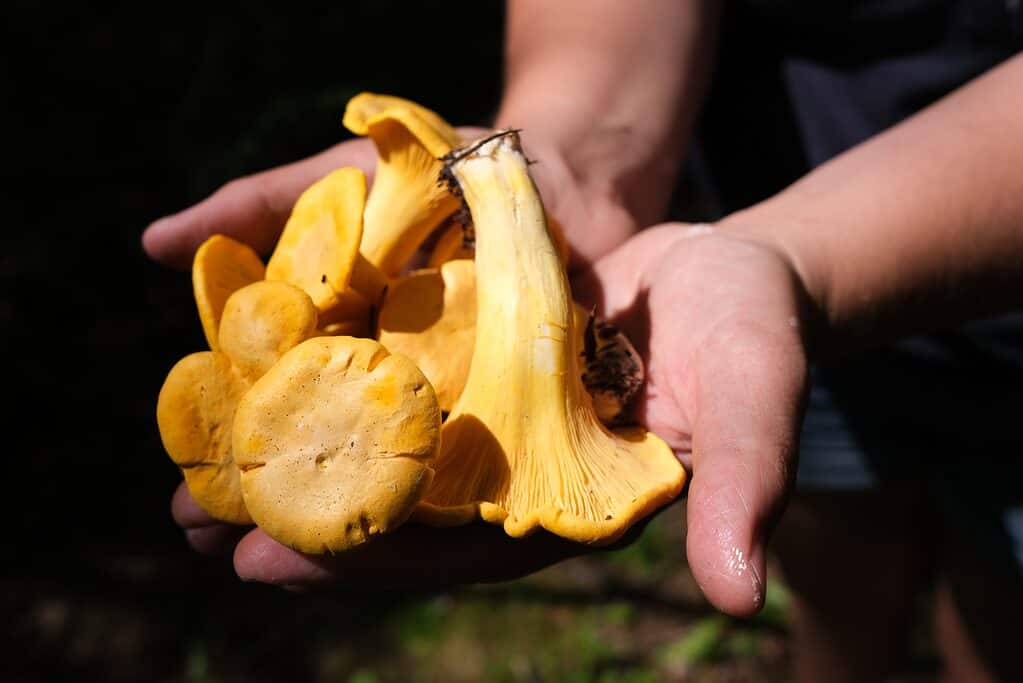
Believe it or not, you can actually forage for mushrooms in the wintertime! While it might be far too cold for some species, there are quite a few edible mushroom species out there that not only survive during the winter but are also at the prime stage for harvesting during the winter. There are many wild mushrooms found in winter that are completely edible and perfect for foraging. buy msuhroom online in winter
In this article, we’ll take a look at 10 wild mushrooms found in winter that you can harvest even during the coldest months of the year.
1. Velvet Shank Mushrooms
Velvet shank mushrooms are classified as flammulina velutipes. The flat and somewhat greasy orange head, the pale yellowish lamellae, and the lustrous and velvety black stem are all characteristics of a velvet shank.
One of the few edible winter mushrooms is the velvet shank. As long as temperatures are above freezing, it may be spotted as early as September, although it is most prevalent in November and up until April. It does, however, endure brief periods of frost. On several different species of deciduous trees, velvet shank develops in compact clusters. buy cheap mushroom online during winter
Although edible, velvet shank has no distinct flavor. The limited options that are otherwise accessible throughout the winter provide the majority of its validity as an edible fungus. The rough stem portion of the mushroom is cut off before it is cooked.
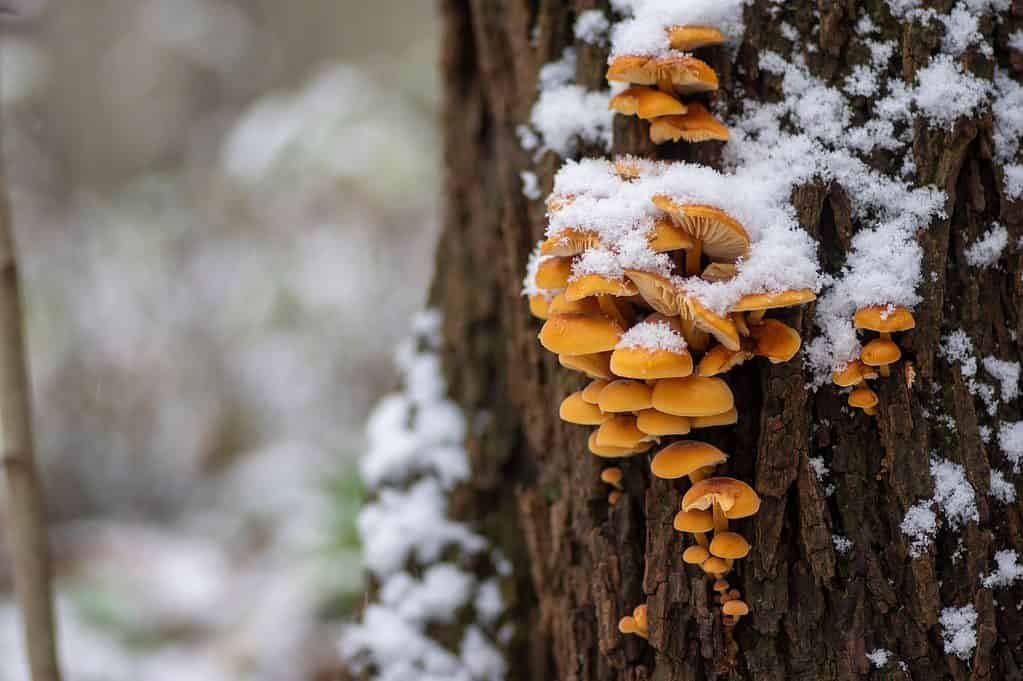
2. Enoki Mushrooms
Enoki or enoki-take mushrooms are classified as flammulina filiformis. The velvet shank is known as the wild form of the popular enoki mushroom, but there are some distinctions worth noting. Since the cultivated variety is produced in a particular environment to promote the long, delicate stems desired in Japanese cuisine, velvet shank differ slightly in appearance from cultivated enoki mushrooms. But it’s purely aesthetic, and they taste essentially the same as farmed enoki.
Enoki mushrooms are widespread, difficult to recognize, and popular throughout the winter since they are readily accessible. Enoki mushrooms occasionally appear out of the snow in the spring, and you can find them even on the East Coast as late as early January. They flourish all winter in regions of Europe and the mid-Atlantic with warmer weather. They frequently grow on dead hardwoods, such as willow trees.
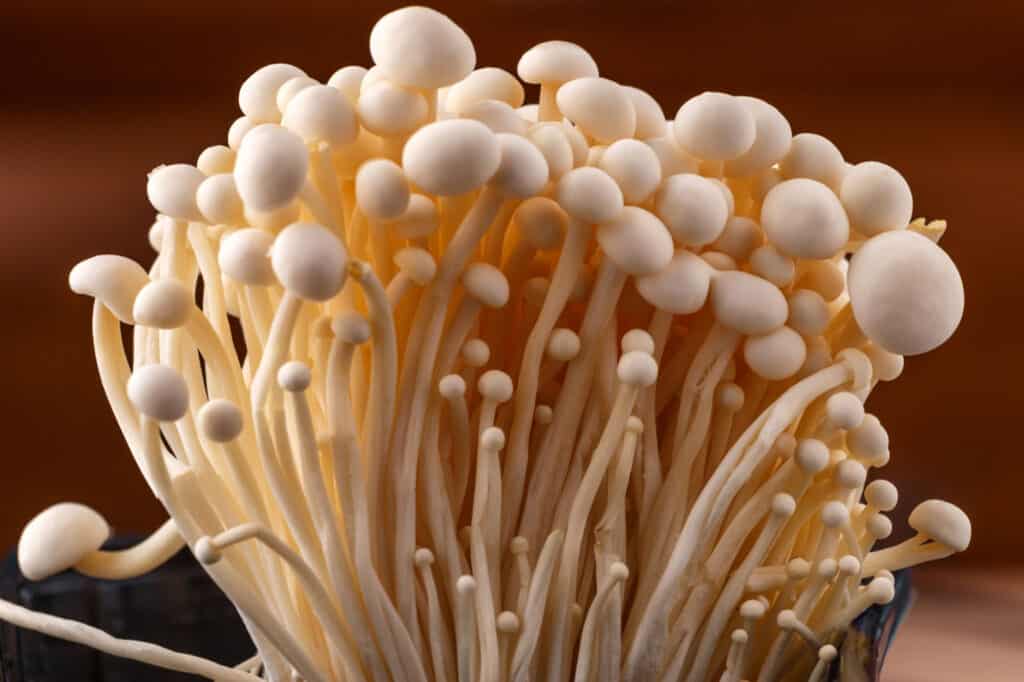
3. Oyster Mushrooms
Oyster mushrooms are classified as pleurotus ostreatus. Both in terms of form and color, this mushroom resembles an oyster. The oyster mushroom can range in color from blue-gray to cream. The cultured oyster mushrooms you may get at the grocery store are frequently white. The cap may get up to seven inches broad and is oily. The mushroom has a short, white stem. Additionally white, the lamellae extend quite far down the stem. Oyster mushrooms are a wonderful starter mushroom since they are challenging to misidentify.
A typical edible wild fungus that grows from October to April is the oyster mushroom. On dead or partially dead tree trunks, oyster mushrooms can be seen growing, and you can frequently discover a large number of them in the same area.
There are several methods to prepare oyster mushrooms, but because the stem is stiff, it must be removed before cooking. The mushroom is good for drying as well as freezing. Since the oyster mushroom has a relatively neutral flavor, it may be utilized in a variety of recipes.
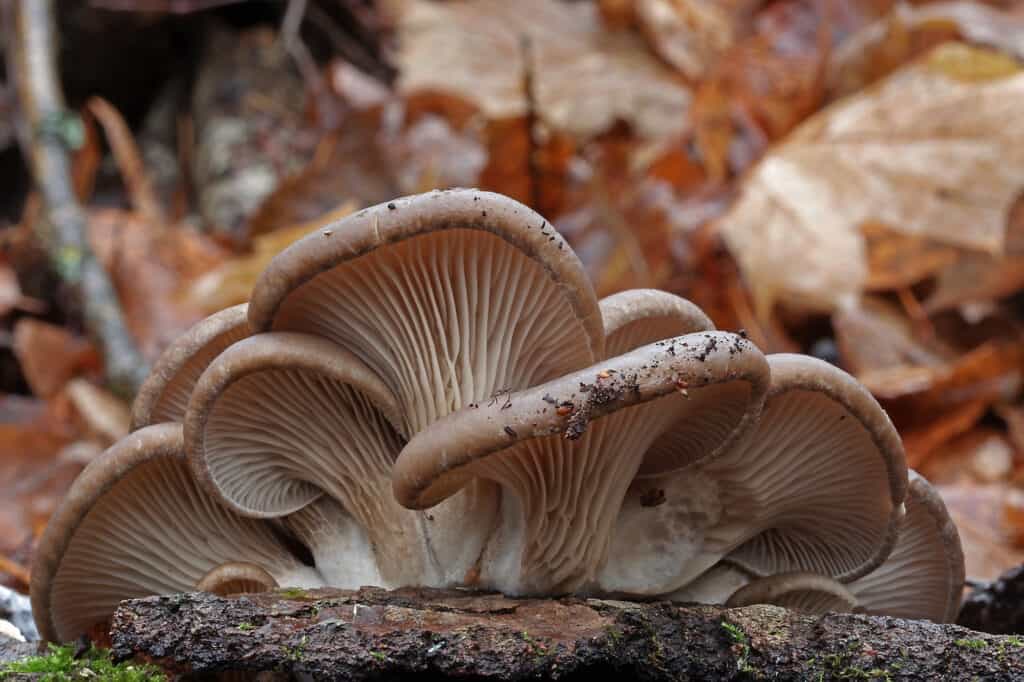
4. Brick Cap Mushrooms
Brick cap mushrooms are classified as hypholoma lateritium. Due to its somewhat plain appearance and mild flavor, the brick cap mushroom is an edible fungus that is frequently disregarded. Even while it’s not a premier edible species that will blow you away with flavor, it’s nonetheless rather tasty. They grow in big groups and provide a stew or soup with wonderful volume, texture, and substance.
Brick cap mushrooms begin to grow in the fall and continue to bear fruit until the first frosts or snowfalls. The rotting and dead hardwood serves as food for the saprobic brick cap. They typically sprout out of old stumps and logs that have fallen. Despite growing all around the country, the brick cap mushroom is most prevalent east of the Rocky Mountains, more especially in the northeast of New England.
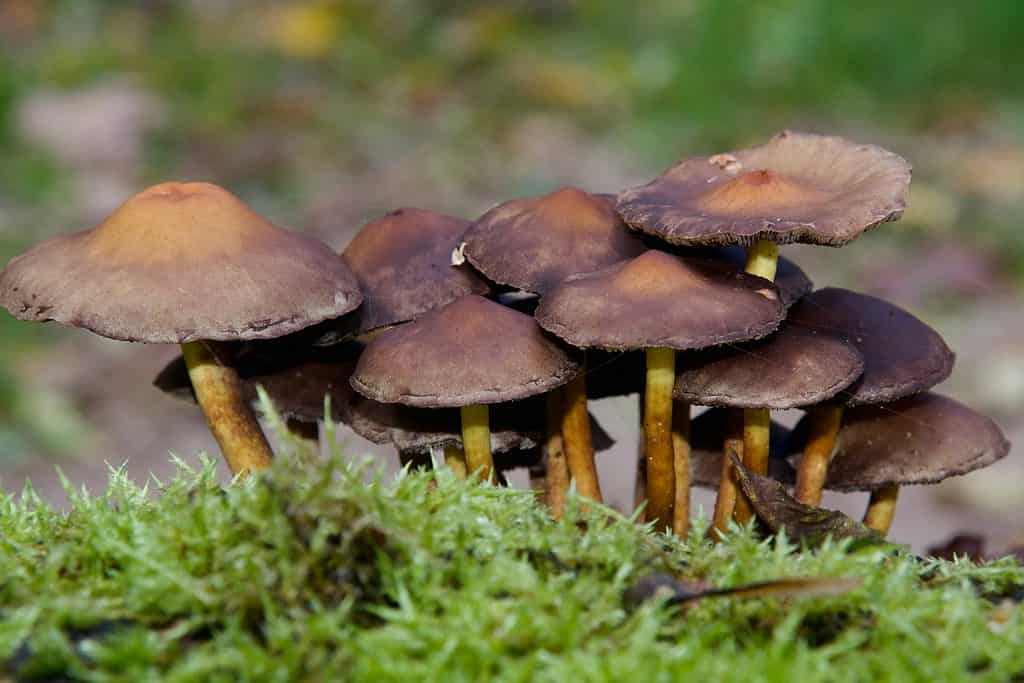
5. Wood Ear Mushrooms
Wood ear mushrooms are also known as auricularia auricula-judae. Usually, a relatively short stem holds the wood ear to the tree. It has neither a distinct flavor nor aroma. It is mostly found on old and dead tree trunks from September to March. Elder trees frequently grow wood ear mushrooms, especially ones close to the ocean. If the trees are big, you virtually never have to search in vain. Since this mushroom is equally delicate to frost, warmer climates make it simpler to locate them in the winter. Most of the year, the wood ear may be found in wet, frost-free conditions.
The high water content of the wood ear mushroom prevents it from being cooked because it causes it to bounce on the pan. However, it may be added to salads, soups, and sauces as well as consumed raw. Before usage, they can also be dried and re-soaked.
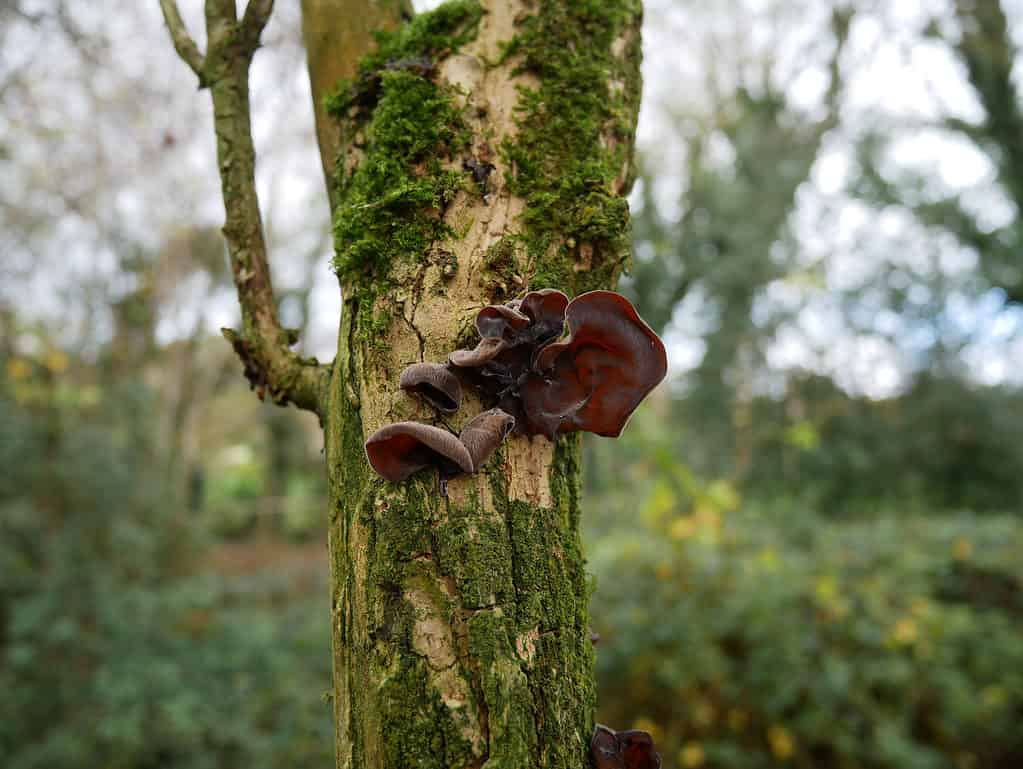
6. Witch’s Butter Mushrooms
Witch’s butter mushrooms are classified as tremella mesenterica. While there aren’t many mushrooms you can find year-round, orange witch’s butter mushrooms will always appear on softwood logs. Although it may not taste very good, it is edible and makes for excellent year-round foraging food for survival. Witch’s butter mushrooms are also used medicinally and have been demonstrated to have anti-tumor and possibly respiratory condition-treating qualities. You should always cook any mushroom, whether it is wild or farmed, as a general rule.
Witch’s butter mushrooms grow on hardwood trees with the bark still on them and have a yellowish-orange tint. They are parasitic on other mushrooms, particularly those that aid in the decay of trees. They frequently grow on downed hardwoods as a result.
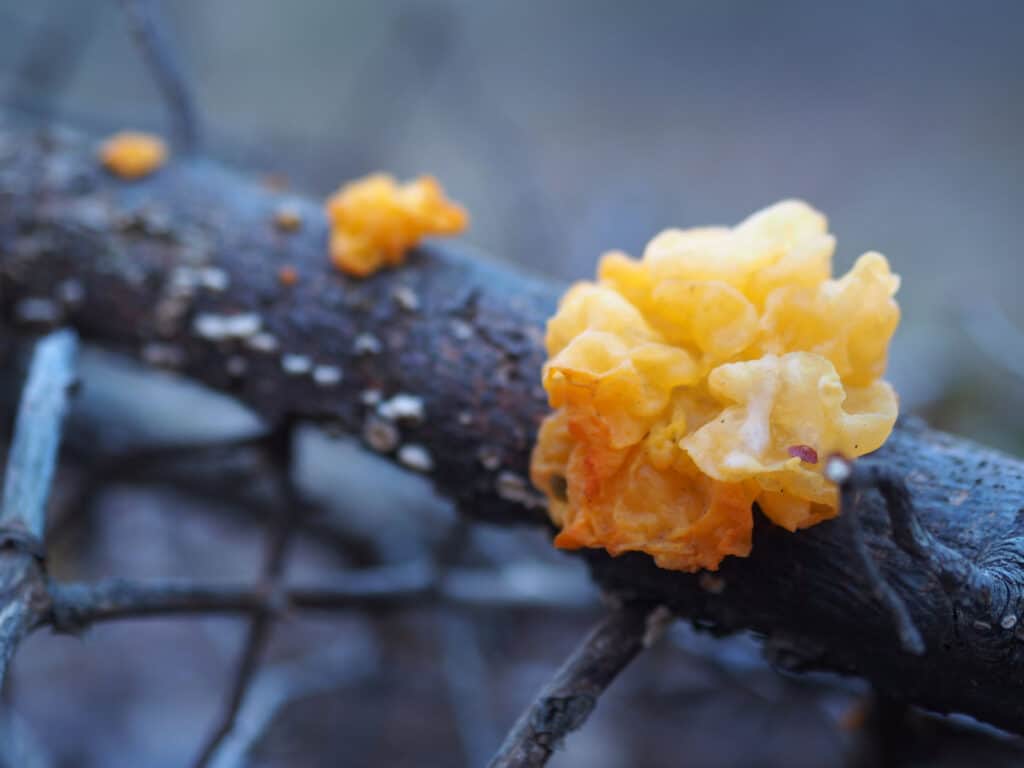
7. Winter Chanterelle Mushrooms
Winter chanterelle mushrooms are classified as cantharellus tubaeformis. The cap of the winter chanterelle mushroom is trumpet-shaped, wrinkled, and has a wavy-curled rim. Its color ranges from ochre to yellowish. The gills are paler in color than the cap and have large intervals between them. The stem is hollow, somewhat flattened, yellowish or grey on top, and paler below. The entire mushroom has thin meat and a good scent.
Late in the year, from late September to December, is when the winter chanterelle is most frequently seen. Most coniferous plantations, ideally those with spruce and mossy forest floors, are where winter chanterelle may be found. Additionally, it can be found in deciduous forests, particularly beech forests, on mossy slopes. The colors of the hat merge with the background nearly flawlessly, therefore it should be carefully observed.
The winter chanterelle is a tasty and adaptable edible fungus with a distinctively fruity and spicy aroma. Despite having little flesh, the winter chanterelle is frequently encountered in large quantities, making it exceedingly profitable to forage.
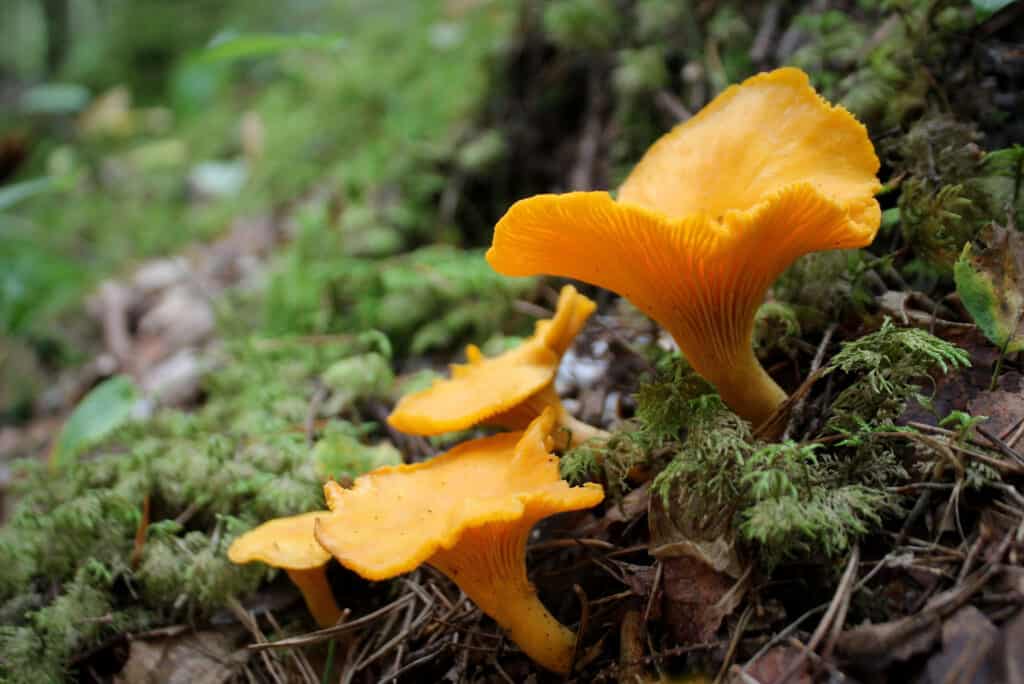
8. Birch Polypore Mushrooms
Birch polypore mushrooms are classified as fomitopsis betulina. Strongly therapeutic birch polypore mushrooms have been used by people for a very long time. This easily recognized fungus is widespread anywhere birch trees are found and they grow directly on them. Birch polypore mushrooms have been used by people for a very long period; the first indications of their use go back 5,000 years. Additionally antibacterial, antiviral, anti-inflammatory, and immune-stimulating, the birch polypore. These qualities, together with its spongy nature, make it a great field bandage, and contemporary extracts are also used to treat illness.
There are no toxic species that resemble birch polypore, which develops mostly on birch trees. Birch polypore mushrooms often have a kidney or semi-circular form. They might have no stalk at all or a short, thin stalk that widens before they are directly linked to the tree in certain cases. Their exterior comes in a variety of light-colored colors ranging from white to grey to brown.
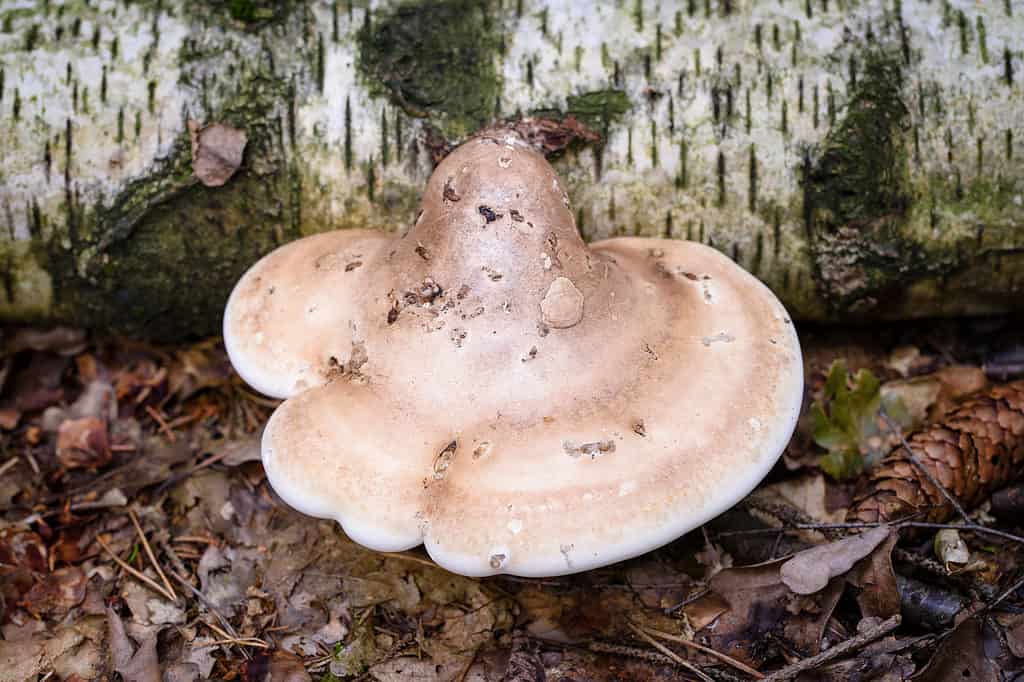
9. Turkey-Tail Mushrooms
Turkey-tail mushrooms are classified as trametes versicolor. Turkey-tail mushrooms may be used to produce delectable teas and broths. They aren’t very suitable for eating directly, due to their disagreeable paper-like texture. In other words, locating turkey-tail mushrooms is important for their therapeutic value rather than their quality as food.
The popular name “turkey-tail” comes from the mushroom’s resemblance to a turkey’s tail. The mushroom’s hue is a patchwork of erratic bands of greys, browns, whites, and blacks, and it fanned out like a male turkey flaunting his plumage in quest of a mate. It develops on dead wood, particularly hardwood, either as rosettes or shelf-like brackets. When it’s new, its texture is rough and pliable, almost resembling leather.
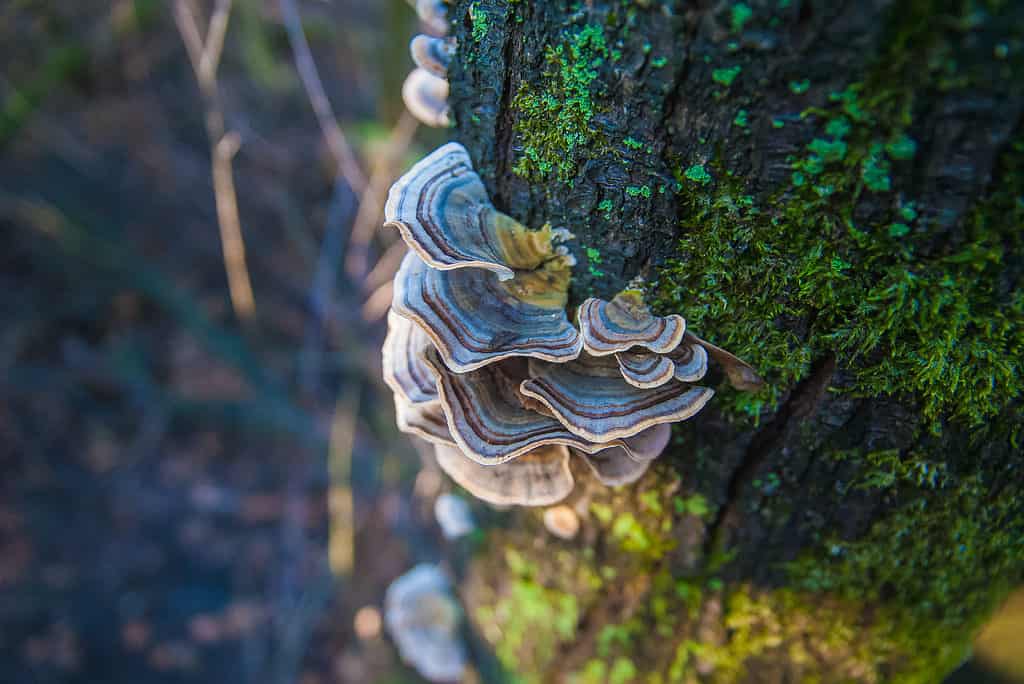
10. Chaga Mushrooms
Chaga mushrooms are classified as inonotus obliquus. Chaga fungi are a traditional wild-harvested treatment for anything from cancer to high blood pressure. Even though they are a widespread, easily recognized mushroom that grows all over the world, they command a premium price in stores and online. When you come across a stand of birch trees, there is a strong probability that it includes Chaga mushrooms because it is most frequently found on white and yellow birch trees.
The chaga fungus is simple to find and is best collected in the winter when there is no foliage to hide the tree trunks where they grow. The conspicuously black conk shines out beautifully against the white snow and the pale birch tree bark, making chaga mushrooms fairly easy to find.
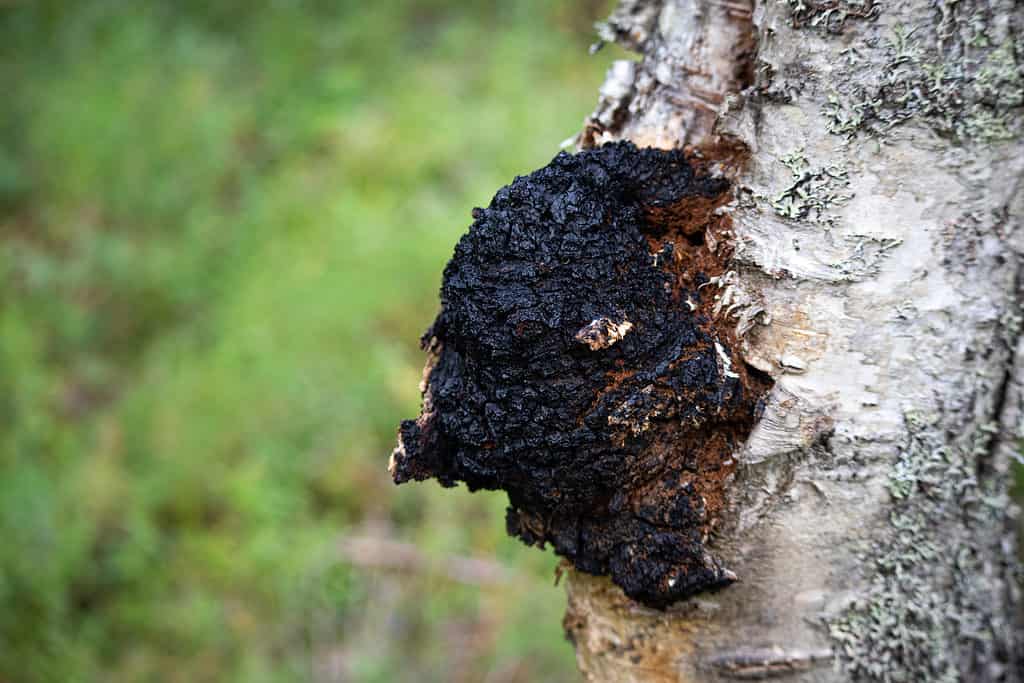
How Long Do Mushrooms Live?

If you’ve ever noticed mushrooms growing in your yard, it may seem like they sometimes seem to disappear before the day has ended. This is because the part of the mushroom easily visible to us is only a tiny fraction of the entire mycelial network which compromises the whole organism.
What we commonly think of as a “mushroom” is actually just the organism’s fruiting body and is used to spread spores, which act like the mushroom’s seeds. The easily recognizable fruiting body of a mushroom can live anywhere from 1 or 2 days to a handful of years depending on the species. The complex underground system of mycelium which makes up the remainder of the mushroom can live for thousands of years.
